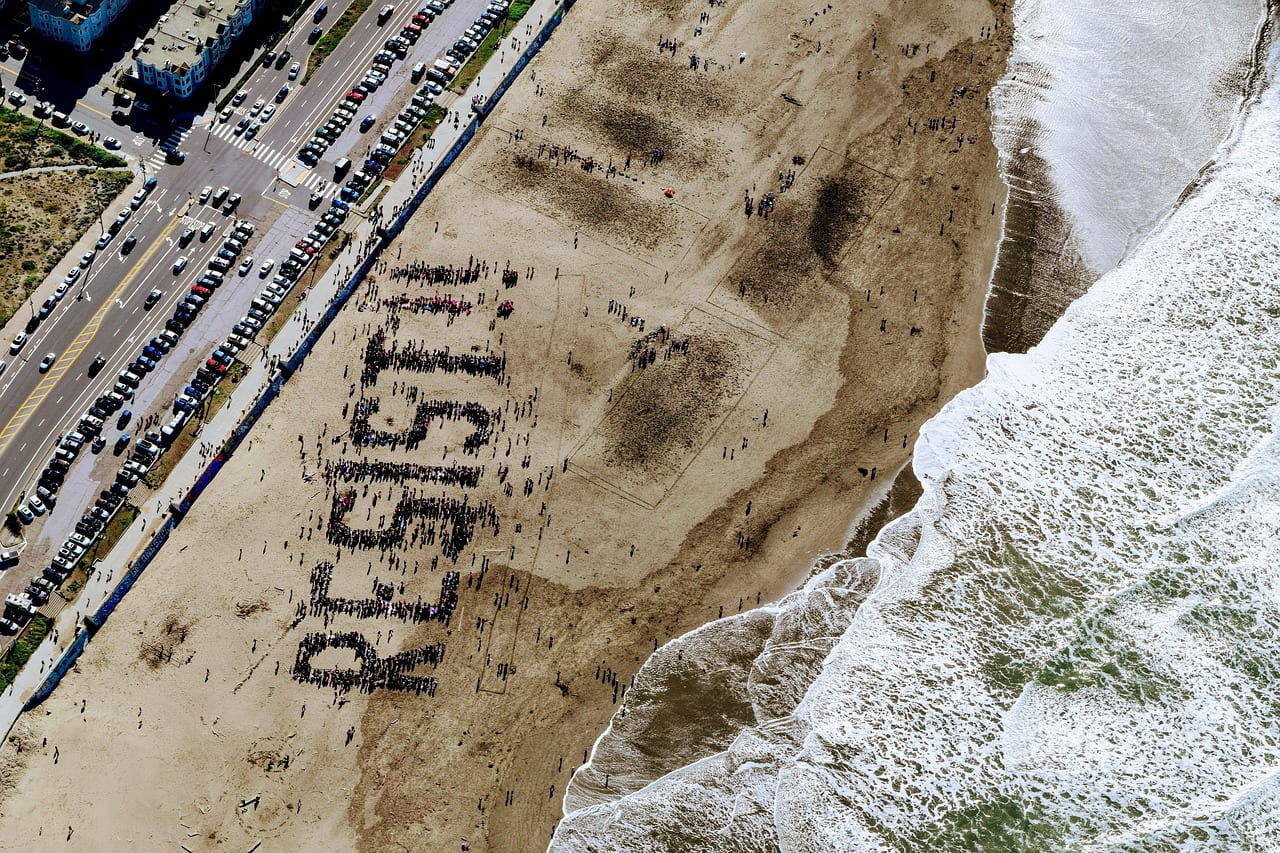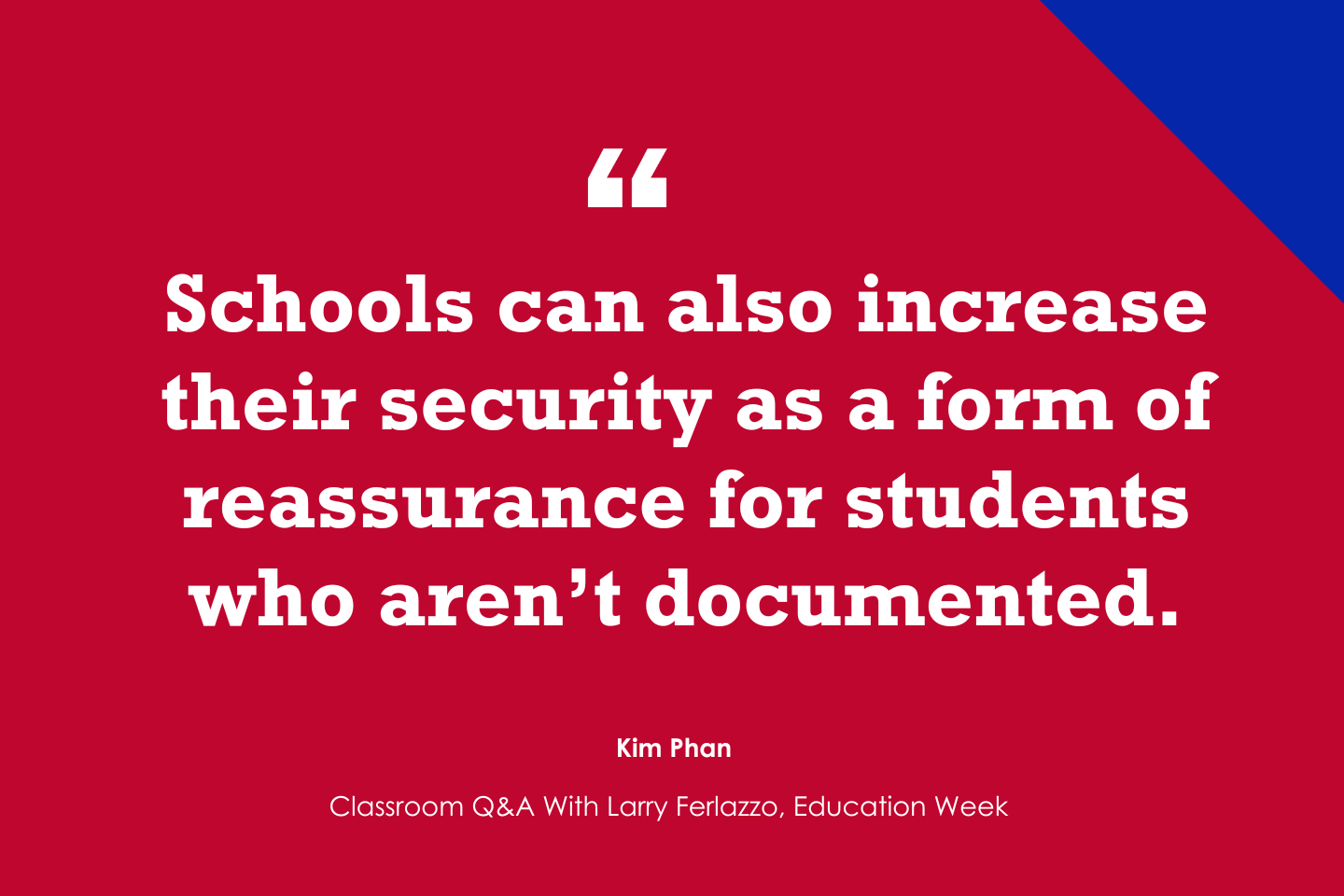Remember those endless worksheets we all slogged through in school? They’re not inspiring and offer a limited snapshot of student understanding. Seeing surface-level learning worksheets coming home with my children is even more frustrating. These are not the types that capture rich learning experiences; they’re the fill-in-the-blank, multiple-choice versions that are easy to grade but don’t measure or celebrate deep learning. As a teacher, I often added scenario questions, short essays, and creative prompts. And like many educators, I tried to avoid traditional worksheets.
Imagine your child’s high school history class being transported to ancient Rome. Instead of just reading about it, students could put on Virtual Reality (VR) headsets and walk the bustling streets of the Colosseum, chatting with virtual Romans and learning about their way of life. This is the future of immersive learning, offering personalized, engaging, and relevant learning experiences that transcend traditional teaching methods. With the rise of immersive environments in the gaming world, our young people are already accustomed to dynamic and engaging learning experiences. Imagine them leveraging these same skills to explore historical periods, scientific phenomena, or the challenges of space travel.
Immersive learning involves immersion in the learning experience. It can be a physical, in-person experience, or, in the case of this article, can leverage virtual reality (VR) and augmented reality (AR) to create simulated environments where the learner actively engages. VR and AR offer distinct experiences:
VR: Fully immerses you in a computer-generated world. Explore the pyramids in Egypt or walk with dinosaurs – VR puts you right there!
AR: Overlays digital information onto the real world. See 3D historical figures come to life in a textbook or point your phone at a car engine to see labeled parts. AR blends the physical and digital worlds.
VR and AR work together beautifully. Chris Dede of Harvard Graduate School of Education explains augmented reality as mobile, context-aware technology that enables users to interact with visualizations and simulations within a physical setting. VR creates immersive environments for practicing skills, while AR provides additional information in the real world. This combined approach can personalize the learning experience based on an individual’s needs and interests.
Immersive learning is not just about fancy gadgets. It is about creating learning experiences that are:
Engaging: Forget about boredom claims or the work is too easy or irrelevant. Think virtual field trips to another country or learning about art through virtual conversations with artists.
Relevant: Immersive learning allows learners to solve realistic problems in simulated environments. They can transfer that learning to the real world and within their local and global communities. Imagine designing a sustainable city in VR or collaborating with learners from another country on a global climate change project.
Creative: These technological advances open up many possibilities. Students can create virtual museums, design historical clothing, or even film documentaries while learning important skills and achieving learning outcomes.
Experiencing productive struggles in learning is part of the process, and supportive technologies should not remove this opportunity. Students grapple with complex problems and refine solutions through simulations, growing their critical thinking skills. AI-assisted immersive learning can guide students to useful information, ask probing questions, and suggest avenues of inquiry, leading to a deeper sense of purpose as they discover what truly excites them.
Examples of Immersive Learning
Language learning: Struggling with French? Language learning often requires immersive experiences or extended interaction with fluent speakers. Imagine practicing with a virtual tutor in Paris, learning slang and cultural references by “living” in the city.
Science: Ever want to shrink down to the size of an atom? With VR, students can explore the wonders of the microscopic world or travel through the cosmos like a real astronaut. OptimaED has a VR microschool that offers virtual field trips as part of the online curriculum.
Math: The 3D shapes in geometry can often be tough to visualize. Immersive learning allows students to manipulate these shapes in a virtual environment, making some complex concepts easier to grasp. Students could design buildings, test structural integrity, and iterate their designs, all within a safe and controlled digital space. [See this example of Calculus and VR]
Cultural Exploration: Simulations (Sims) for culture and history have long been an instructional practice. Add to these with the addition of technology. Learners can take a virtual tour of ancient Egypt, economic challenges around a created civilization, or a focus on transportation or sustainable resources.
VR and AR are powerful tools on their own, but when used together, they create an even more personalized and engaging learning experience. VR can take you to the heart of a subject, while AR can provide additional layers of information within the real world. This flexibility allows educators to tailor learning to individual needs and interests.
Making it Happen: From Simple Steps to Transformation
You don’t need a huge budget to get started with virtually supported immersive learning. Here are some tips for educators, parents, and education leaders.
Educators:
Start Simple: Where available, swap traditional resources for digital versions. Many free VR field trips and interactive quizzes are available online. Check out Google Arts and Culture for virtual museum tours.
Level Up: Use VR simulations* in science labs or incorporate AI-powered language apps to supplement learning experiences. In addition to the many 2D versions currently available, review new advancements like Google Cardboard and Dreamscape Learn. *More tools are listed below.
Get Creative: Encourage student-driven projects using VR and AR technologies. Students can create virtual historical reenactments, design buildings in a simulated city, or collaborate with learners worldwide. Check out Roblox Education for more examples.
Education Leaders:
Teacher Training Boot Camp: Organize workshops where teachers can play with VR headsets, explore cool AR apps, and learn the basics of these immersive technologies. Consider externships to businesses using cutting-edge tech as inspiration. See this video for more real world examples.
Sharing is Caring: Create communities where teachers can swap stories, best practices, and even some immersive learning fails. Workshops and online forums support collaboration.
Unleash Creativity: Offer advanced training on creating or customizing VR and AR content. Teachers can design tailored immersive experiences for their students. Imagine students learning about the Civil War through a VR experience created by their history teacher!
Tech for Every Learner: Ensure all learners can access immersive learning tools. This might involve working with mobile app developers or securing grants to provide VR headsets and devices.
Building a Roadmap: Develop a clear plan for integrating immersive learning and make it a reality. Engage with the school community [See Portrait of a Community] to set goals, timelines, and ways to measure progress.
Parents and Families:
Stay in the Loop: Learn about immersive learning technologies and their use in your learner’s school. Talk with your learner’s teachers regularly and investigate resources available in your community, such as youth centers and libraries.
Mindset Matters: Encourage your learner to see challenges as opportunities to learn new skills. A positive attitude is key to navigating complex and new learning technologies.
Balance: While immersive learning offers significant benefits, it is important to balance screen time with physical activity, social interactions, and other related learning activities.
Explore at Home: Look at affordable VR and AR apps that align with your learner’s interests and learning goals.
The Future is Immersive
This is not a fad; it is the future of education. By embracing these immersive technologies, we can create learning experiences that spark curiosity, ignite creativity, and prepare students for our ever-changing world. This journey toward a new era of learning has begun. Imagine classrooms transformed – not just places to absorb information but interactive playgrounds for the mind where students’ faces light up as they explore new worlds and subjects in a whole new way. This shift from passive learning to active engagement will lead to a deeper understanding and a lifelong love for learning.
The post Virtual Voyages: Augment and Virtual Reality Point Toward an Immersive Learning Future appeared first on Getting Smart.
Integrating AI and immersive technologies in education is more than a futuristic vision; it’s a tangible reality that promises to transform how we teach and learn.
The post Virtual Voyages: Augment and Virtual Reality Point Toward an Immersive Learning Future appeared first on Getting Smart. EdTech, Personalized Learning, Artificial Intelligence, personalized learning, virtual reality Getting Smart








